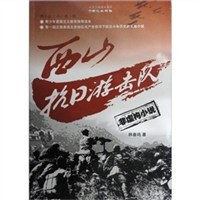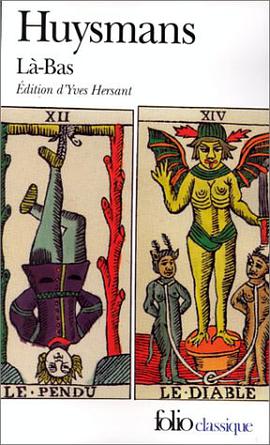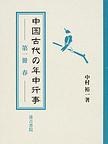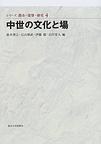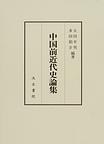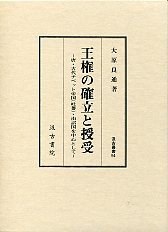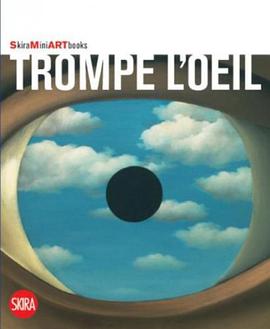

具體描述
Trompe-l'oeil, a French term meaning to trick, the eye, describes a painting that deceives the spectator into thinking that the objects in it are real, not merely represented. To successfully fool the eye of the viewer, trompe-l'oeil artists choose objects, situations and compositional devices using as little depth as possible. A heightened form of illusionism, the art of trompe-l'oeil flourished from the Renaissance onward. The discovery of perspective in fifteenth-century Italy and advancements in the science of optics in the seventeenth-century Netherlands enabled artists to render objects and spaces with eye-fooling exactitude. Both witty and serious, trompe-l'oeil is a game artists play with spectators to raise questions about the nature of art and perception.
著者簡介
圖書目錄
讀後感
評分
評分
評分
評分
用戶評價
相關圖書
本站所有內容均為互聯網搜索引擎提供的公開搜索信息,本站不存儲任何數據與內容,任何內容與數據均與本站無關,如有需要請聯繫相關搜索引擎包括但不限於百度,google,bing,sogou 等
© 2025 book.quotespace.org All Rights Reserved. 小美書屋 版权所有

